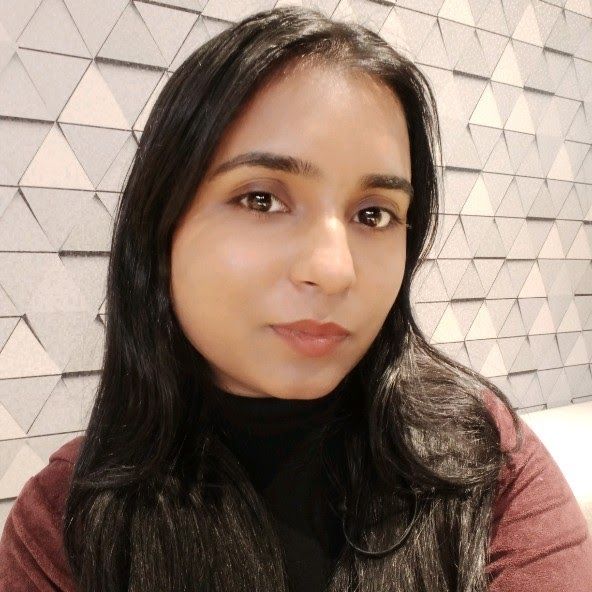Table of Contents
Generative AI over the past year
Explore the limitless possibilities of Generative AI with Merlin, offering free access to advanced models like GPT-4, LLaMa, and Claude. Revolutionize your creative journey!
Generative AI, which dates back to the 1960s, has truly come into its own in the past couple of years.
Stage One began when I first encountered DALL-E 2 in April 2022, sparking a sense of imminent change. I immersed myself in GPT-3 and other AI writing instruments of the period.
This was followed by the release of the open-source image model, Stable Diffusion, in August, leading to a surge of image tools. By the end of 2022, Lensa AI, a mobile photo app using Stable Diffusion, saw an unprecedented rise in popularity with nearly 20 million downloads worldwide within a single month.
As 2022 drew to a close, the ChatGPT system was publicly launched, catapulting the technology into mainstream use, with a staggering 100 million users within just months. The advent of ChatGPT stimulated unprecedented levels of AI innovation, with the daily emergence of new tools and amplified interest in Generative AI.
In terms of key developments, large language models like GPT-4, PaLM2, Claude, LLaMA, and more, as well as novel explorations with AutoGPTs and AI agents, made significant headway during this period. If I were to encapsulate this era of intense development and exploration in one word, it would be 'discovery'.
Also read Should you post daily on LinkedIn?
With all these language models available in the market, their cost was a lot. At this time, various software and Chrome extensions like Merlin saved the day! Merlin provides different versions of LLaMa, Claude, and GPT, including GPT-4 for zero costs.
![]()
You can use their daily number of queries to access all these features and have a field day with it honestly!
Phase Two heralds a shift in the landscape of Generative AI, with recent research articles suggesting maturity and integration in the technology. This new stage doesn’t signal the end of exploration, but the beginning of an era that will unfold alongside the ongoing era of innovation.
Also read Is Fliki AI Any Good For Video Creation?
The example set by big tech companies, such as Microsoft's partnership with OpenAI, Amazon's alliance with Anthropic, and Google's collaboration with Nvidia, has kick-started the age of integration. The focus here is to incorporate the power of Generative AI into everyday tools and products.
Competitors like Microsoft plan to incorporate AI into their systems, including their Office 365 suite of tools, Bing search engine, web applications, gaming consoles, and most importantly, their Windows operating systems.
Similarly, Google aims to power its search engine and Google Workspace for business with increasingly advanced Large Language Models (LLMs), while AI would be the driving force behind all their mobile apps, including eCommerce, navigation, and image capture.
Although Midjourney and Stable Diffusion dominated the exploration age, Adobe, with its Firefly v2, has made significant strides in integrating Generative AI into its suite of tools. Amazon, as a cloud provider, has also emerged as an LLM provider, offering model-as-a-service with its platform, Bedrock.
In this new age of integration, Generative AI will become as integral to software systems as electricity is to a home; innate to the user's interactions with technology.
Start-ups continue to bring remarkable innovations to the table, yet it's increasingly challenging for them to sustain in the long run with Generative AI, especially given the control Big Tech holds over LLM infrastructure. The importance of fostering a strong open-source environment for Generative AI is key to allowing companies to experiment without the limits imposed by proprietary LLM companies.
Tailoring Gen AI capabilities into industry-specific solutions is the shared aim of new collaborations between various systems and companies. As integrative technology advances, we will likely see a rise in company partnerships, high-quality content licensing, smart device connectivity, and service integrations through APIs.
Also read How to Summarize or Chat with Any PDF
Looking to the future, 'Act Three' would likely present an increased presence of AI in the physical realm, a merging of AI with software, physical and biological worlds – an era I would tentatively term the 'BioSpatial' age.
Conclusion
This second act of Generative AI signifies a convergence of different systems and collaborative corporate efforts to deliver tailor-made AI capabilities bundled into various industry-specific applications.
As optimistic as we may be about the prospects of technological evolution, we must tread cautiously, acknowledging the potential for pitfalls, particularly concerning ethical AI, data privacy, and security as Generative AI becomes deeply ingrained in our lives and tools.
FAQs
1. How does Merlin provide GPT-4 and other models for free?
Merlin offers GPT-4, LLaMa, Claude, and other models at no cost, allowing users a daily query quota. This sustainable approach ensures users benefit from advanced language models without financial burdens.
2. What sets Generative AI apart in the age of integration?
Generative AI stands out by becoming integral to daily tools and products in the integration era. Collaborative efforts with big tech tailor AI capabilities for specific industries, shifting from exploration to practical application.
3. How can startups navigate challenges amid big tech dominance in Generative AI?
Startups can navigate challenges by embracing a strong open-source environment. This allows experimentation without limits imposed by proprietary providers, fostering innovation and ensuring a level playing field in the dynamic Generative AI landscape.
Experience the full potential of ChatGPT with Merlin


Kalpna Thakur
Our marketing powerhouse, crafts innovative solutions for every growth challenge - all while keeping the fun in our team!